The Minister responsible for the protection of cultural heritage and head of the Prime Minister's Office has ordered the process of listing the buildings under 6–8 Márvány Street (Márványmenyasszony) and 55 Kazinczy Street (Wichmann Pub) to begin with immediate effect. The process may see the buildings recognised as historical monuments. Until the procedure has run its course, no demolition or construction work can be carried out on the properties. The Office will accelerate the process as much as possible — the Prime Minister's Office announced on Saturday.
In practice, this means that the two iconic buildings can be saved from being demolished, despite having been rebuilt several times. The two buildings share that both have a lively cultural history. Both buildings have been reconstructed several times over the past centuries, and their former guest would recognise little of them now. But still, they hide valuable stories from the past.
A wedding venue for a Count: The Márványmenyasszony
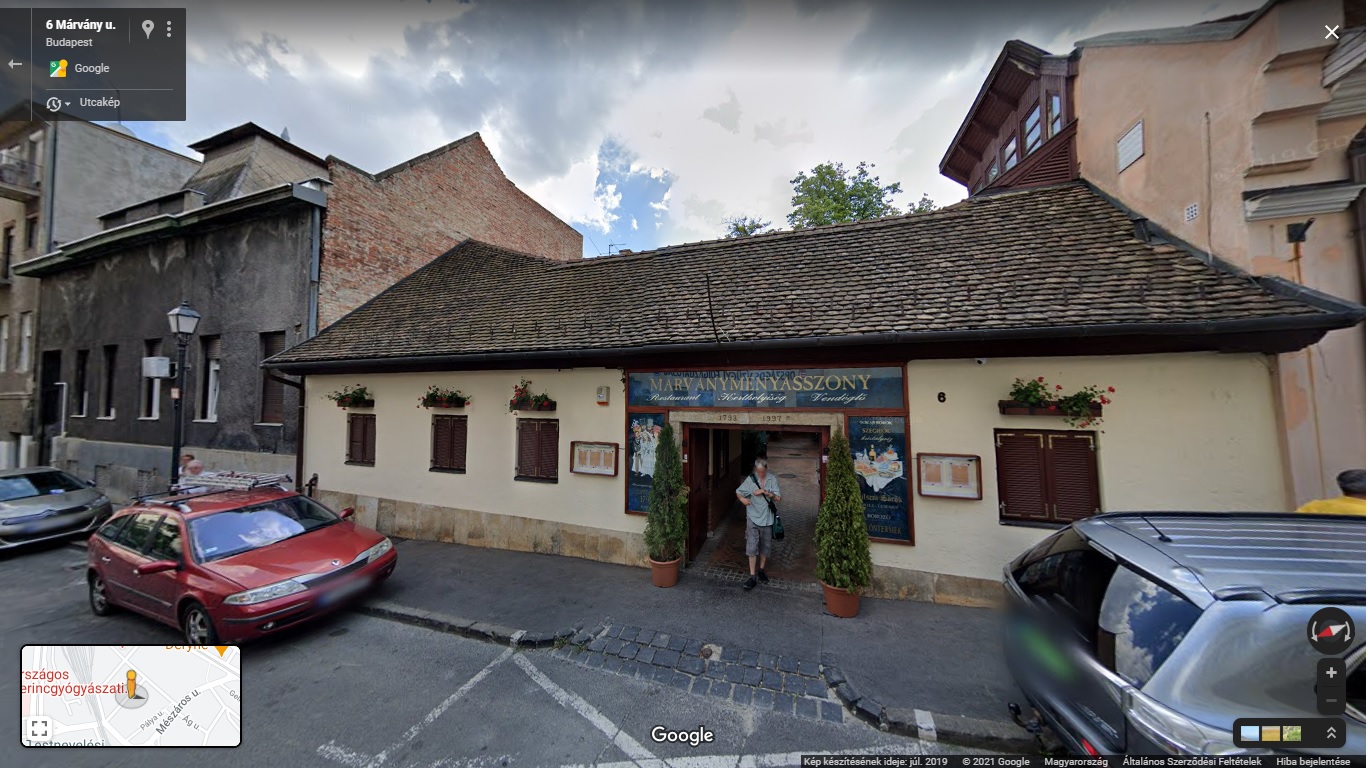
Tall houses tower above the Márványmenyasszony Restaurant (Photo: Google Streetview)
The Márványmenyasszony Tavern in the 1st District opened in 1793 and hosted István Széchenyi's wedding in 1836, and Miklós Wesselényi's wedding in 1845. Beyond these statesmen, several artists, politicians and everyday people have visited its halls. The unique cultural-historical significance of the house is that it is a memento. It has catered guests in various forms throughout its history and is a living slice of our past. Although the building has been rebuilt many times (this is why it had not been listed previously) its walls still remember the weddings of aristocrats, lively parties with the city's leading figures.
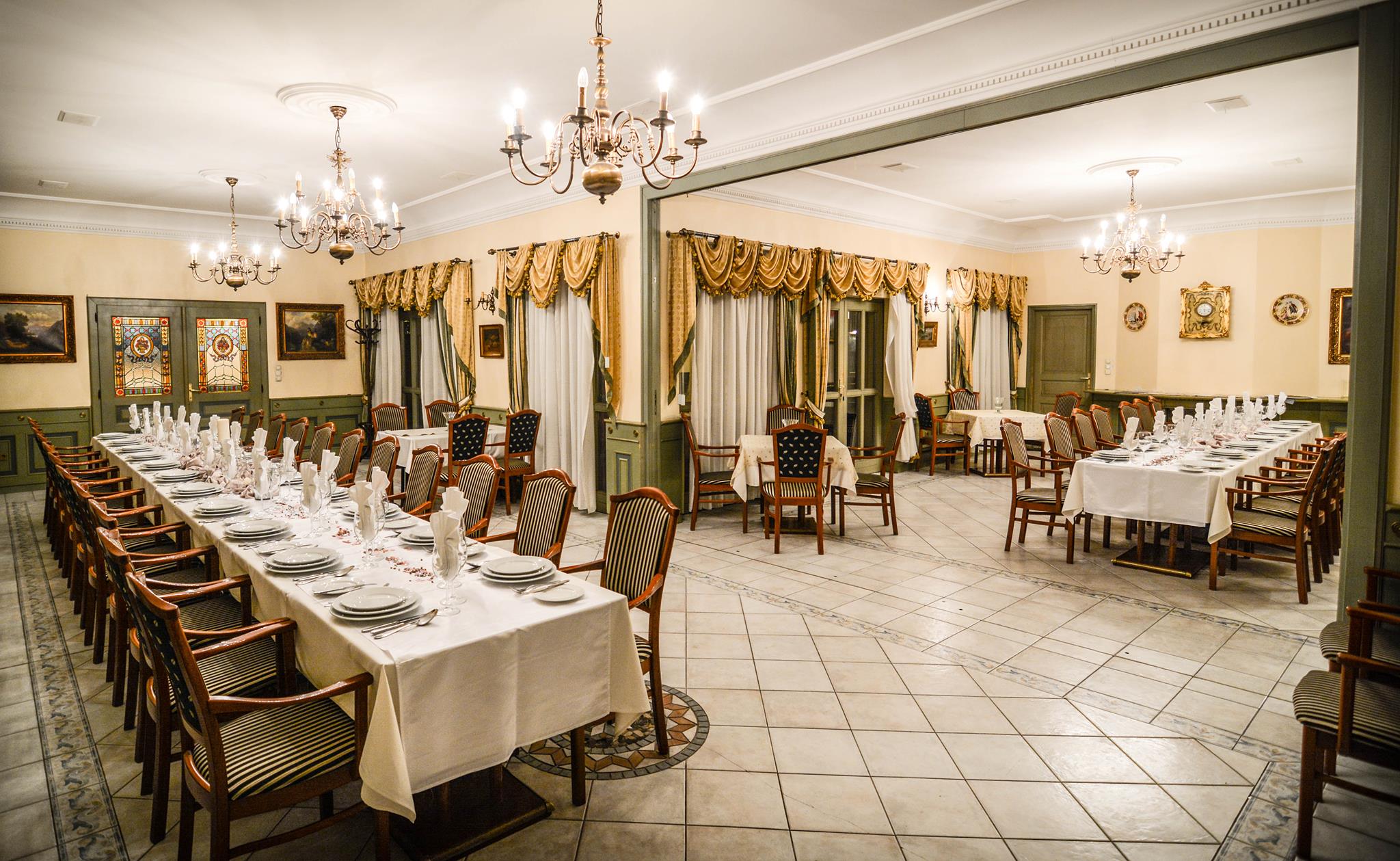
The restaurant's interior has changed several times (Photo: Facebook/Márványmenyasszony Restaurant)
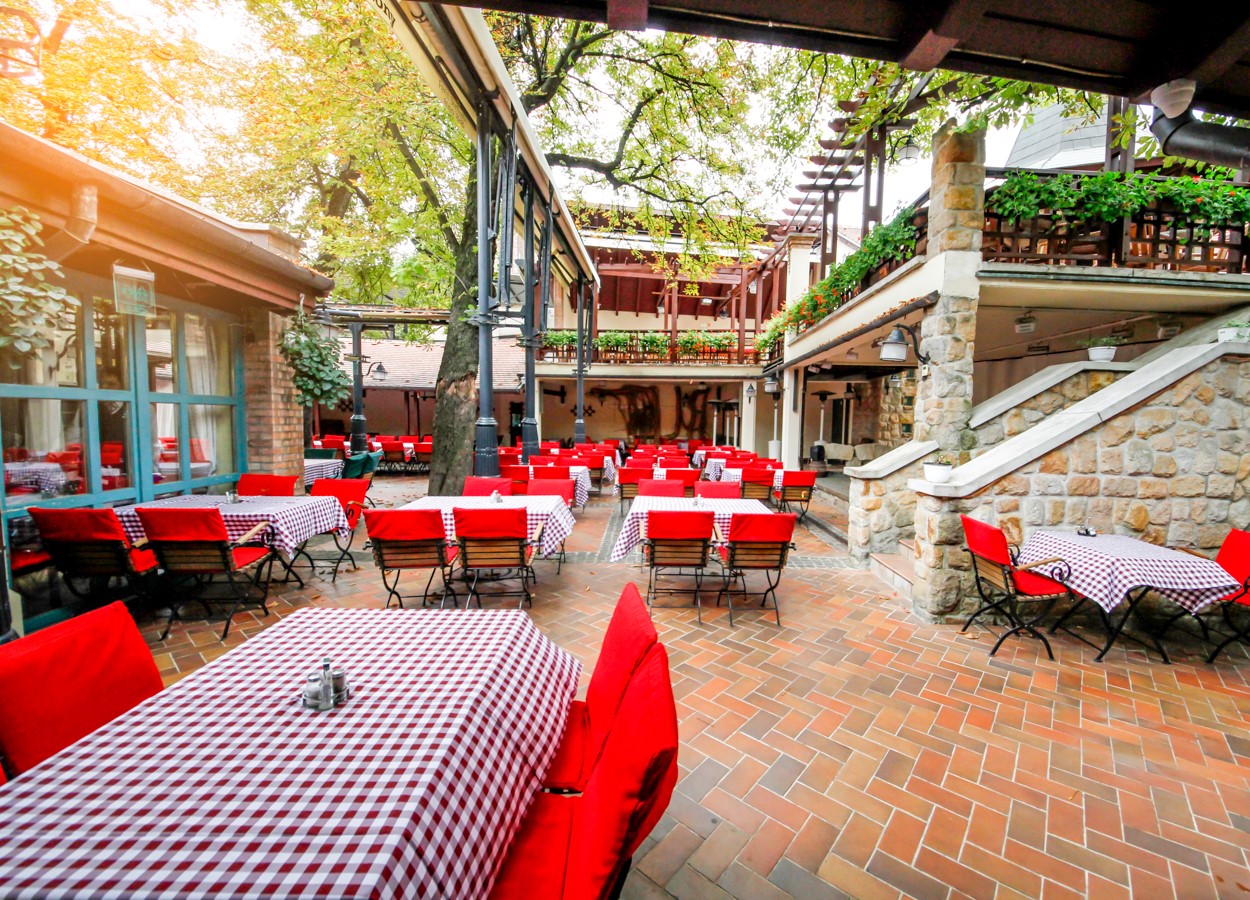
The garden of the restaurant in an older photo (Photo: Facebook/Márványmenyasszony Restaurant)
The current owner of the building received a partial demolition permit in December last year, and although the details of the plans are still unknown, the general public loudly voiced its concerns regarding the possible destruction of the building. The steps taken by the Prime Minister's Office could save the whole building.
From the birthplace of Hungarian playing cards to the Wichmann Pub
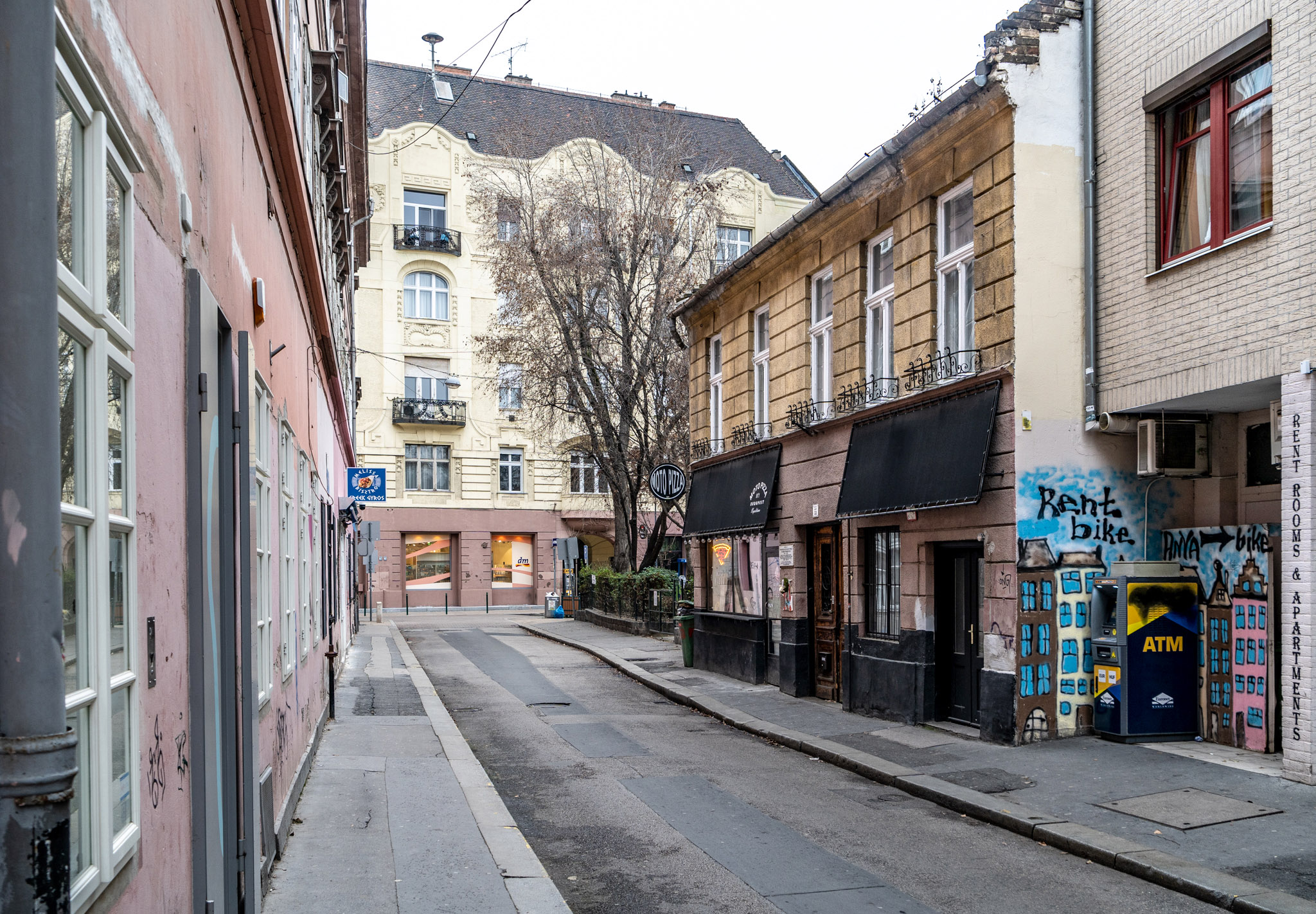
The former Wichmann Pub is now a pizzeria (Photo: Balázs Both/Pestbuda.hu)
Although the story of 55 Kazinczy Street is much shorter than that of its counterpart in Buda, its future also became similarly uncertain recently. According to reports, the owner Rum Garden Kft. would have demolished the house, the details of the plans are still unknown. A source with information on the project has told Pestbuda that the plans for a five-storey hotel have been reconsidered. Nevertheless, the final plans are still not available to the public.
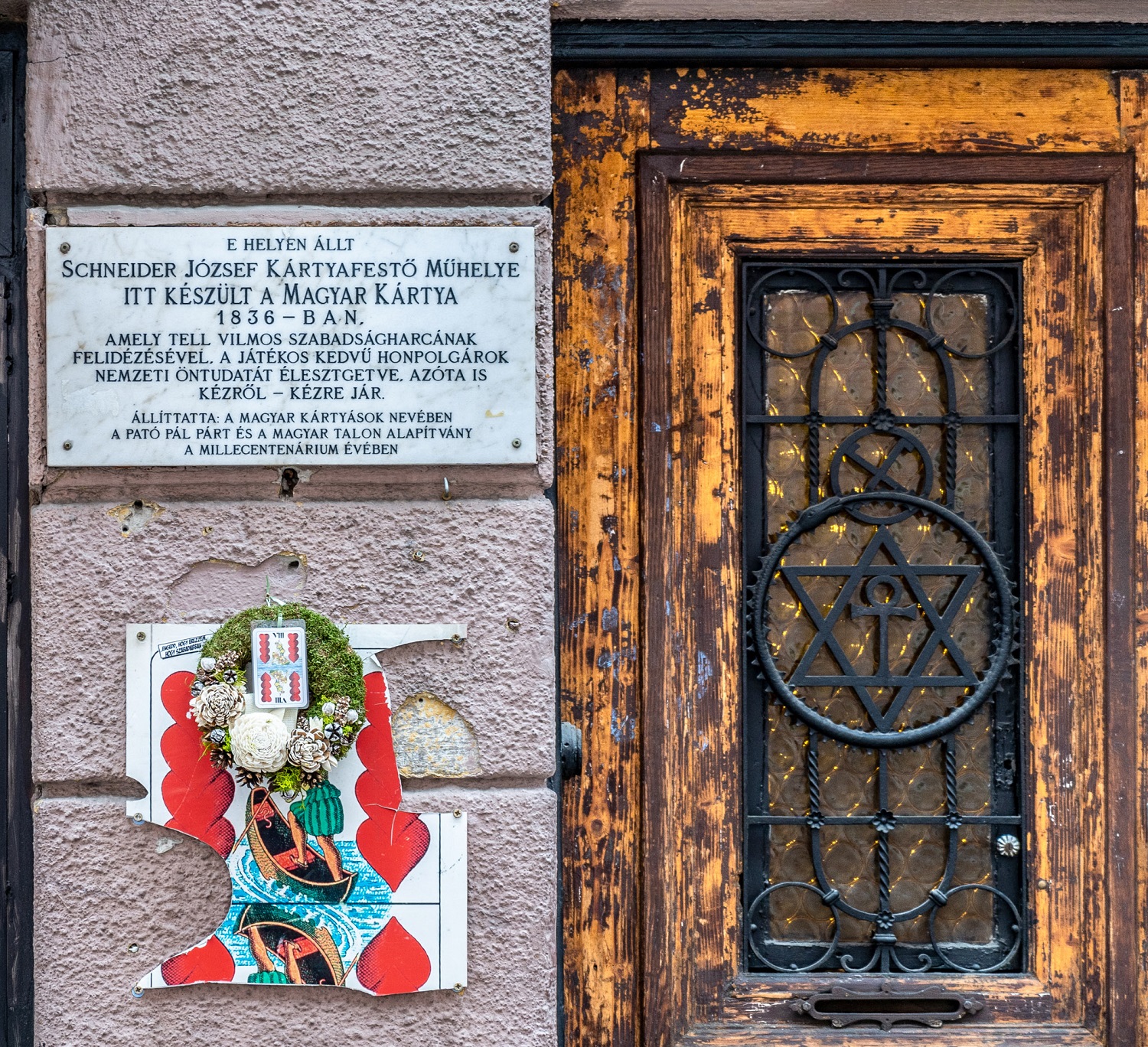
Memorial plaque and a torn plaque of a red eight playing card announce that the Schneider card painting workshop once stood at 55 Kazinczy Street. This is where Hungarian playing cards were born (Photo: Balázs Both/pestbuda.hu)
Although the name “Wichmann Pub” appears to have become the most commonly used in recent weeks, the building has a much more colourful history. Despite what many news outlets have reported, the current house is not the building that the card painter József Schneider purchased to use as a workshop in 1834, and where the first deck of 36 Hungarian playing cards was created. The current building was constructed later. According to the documentation of an inspection carried out by Örökségvédelmi Tervező és Szolgáltató Kft. ('heritage protection design and service agency') at the request of the current owner, Rum Garden Kft. the oldest part of the building is its cellar, dated to the first half of the 19th century. The oldest walls above ground are from 1869, except for a few stones. This was the year that a new owner, Mór (Móric) Rothhauser built a classicising house designed by Pál Schusbeck to replace the single-storey house that had served as the workshop.
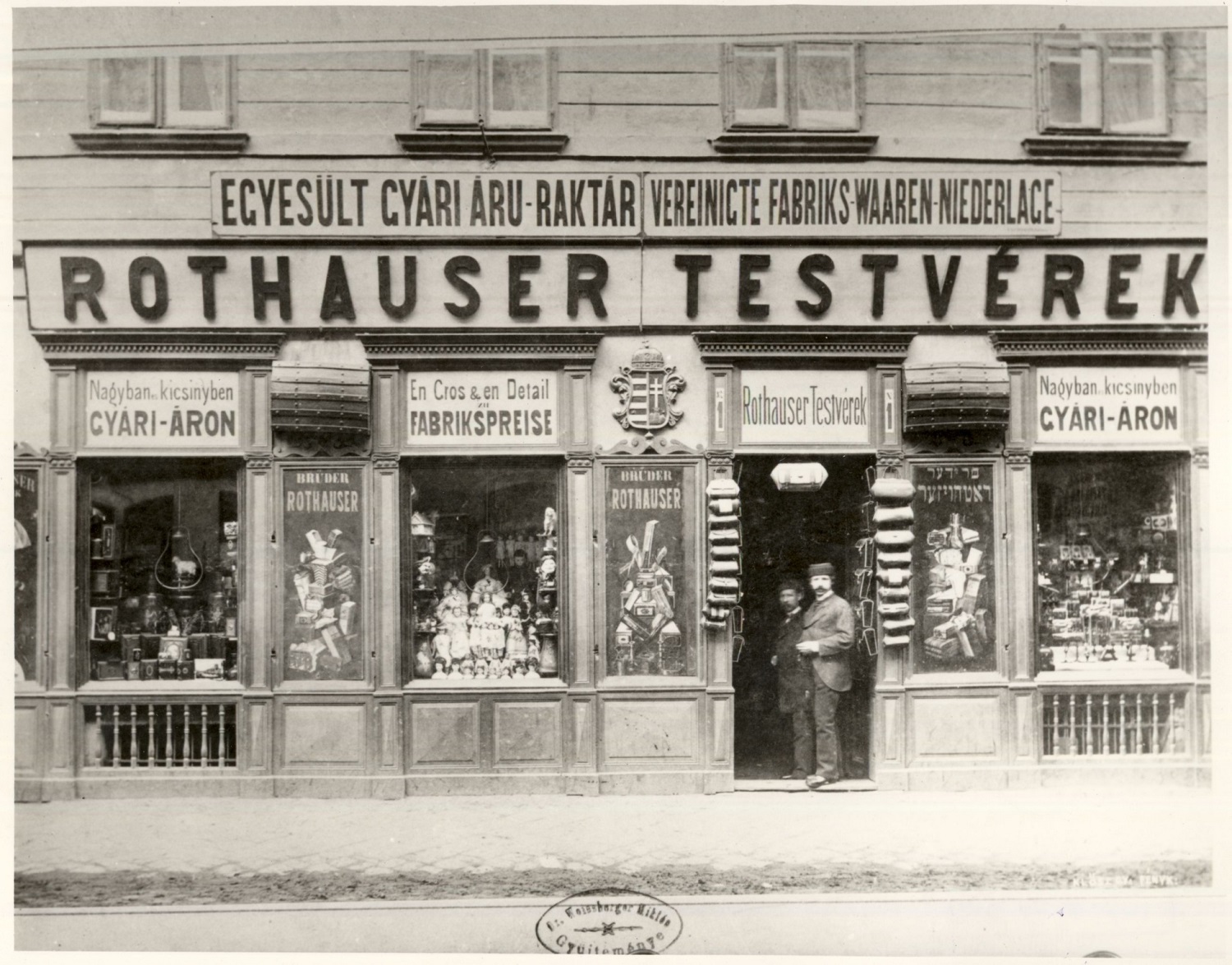
Despite a shared name, the Rothauser Brothers' United Factory Commodity Warehouse stood on 1 Király Street and not 55 Kazinczy Street. Mór Rothauser was never involved in selling toys (Photo: Hungarian Museum of Commerce and Hospitality)
Since then, the building has undergone extensive modifications with every change of ownership. According to the document, Rothauser leased the building to Cecilía Zierlichné Fischer in 1895, who operated a brothel in it. To better “serve” the guests, the interior was modernised in 1903: bathrooms with hot and cold water were built, and flushable toilets installed. By the time Mór Rothauser Jr. owned the building, but only until 1906. Due to family and financial problems, he shot himself in the house on Kazinczy Street with a turnstile pistol on 20 February.
Later the same year, dr. Mór Bíró became the owner Mór Bíró, who leased it to the Hungarian Theosophical Society founded the previous year. This was when the logo of the society was placed on the front door of the house.
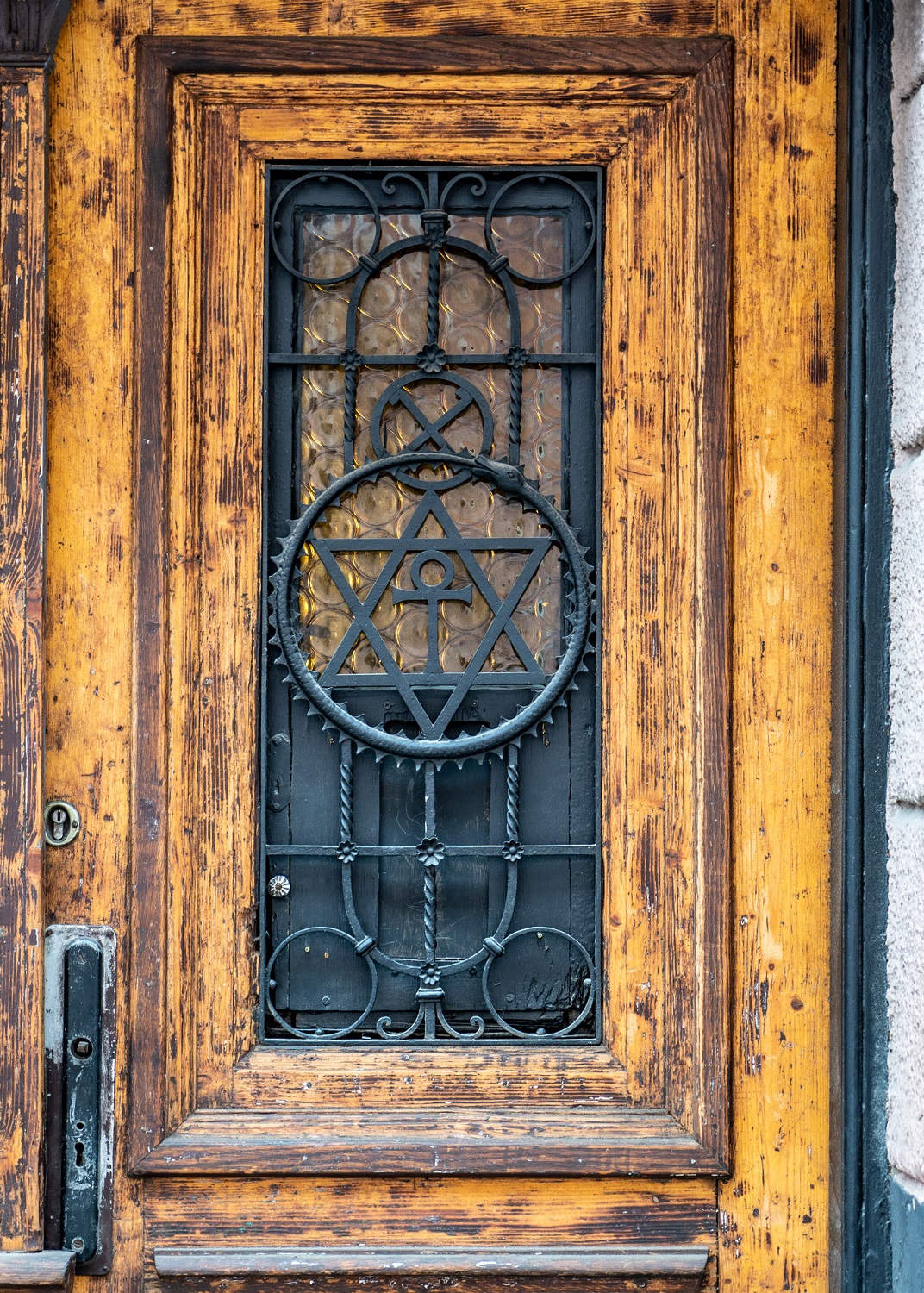
The Hungarian Theosophical Society also rented the house in the first decade of the 1900s; their logo has survived on the front door (Photo: Balázs Both/pestbuda.hu)
Arthur Bronner bought the house in the interwar years, and his family lived on the first floor until 1982. In the meantime, the house operated as a dairy hall, and a factory canteen after it was nationalised in 1949.
However, one of the largest reconstructions in its history was connected to the nine-time world champion canoeist, who opened his pub on the ground floor in the 1980s, first named Szent Jupát, then simply Wichmann. The ground floor of the house was completely redesigned; several separating walls were demolished.
Similarly to the Márványmenyasszony, the building's value lies not in its original details, as these are limited to the gate, the staircase and a few internal doors. Rather, the house holds a cultural-historical significance: it preserves the place where the first Hungarian playing cards were born, memories of questionable nights and the life of a family that once lived here, and of course, the local haunt of many, Wichmann's pub. The building is a memento. Despite being rebuilt several times, it still carries the memories of a bygone age in its walls and challenges us to stop and think in our ever-changing world.
Cover photo: 55 Kazinczy Street, the house known as the Wichmann Pub (Photo: Balázs Both/Pestbuda.hu)

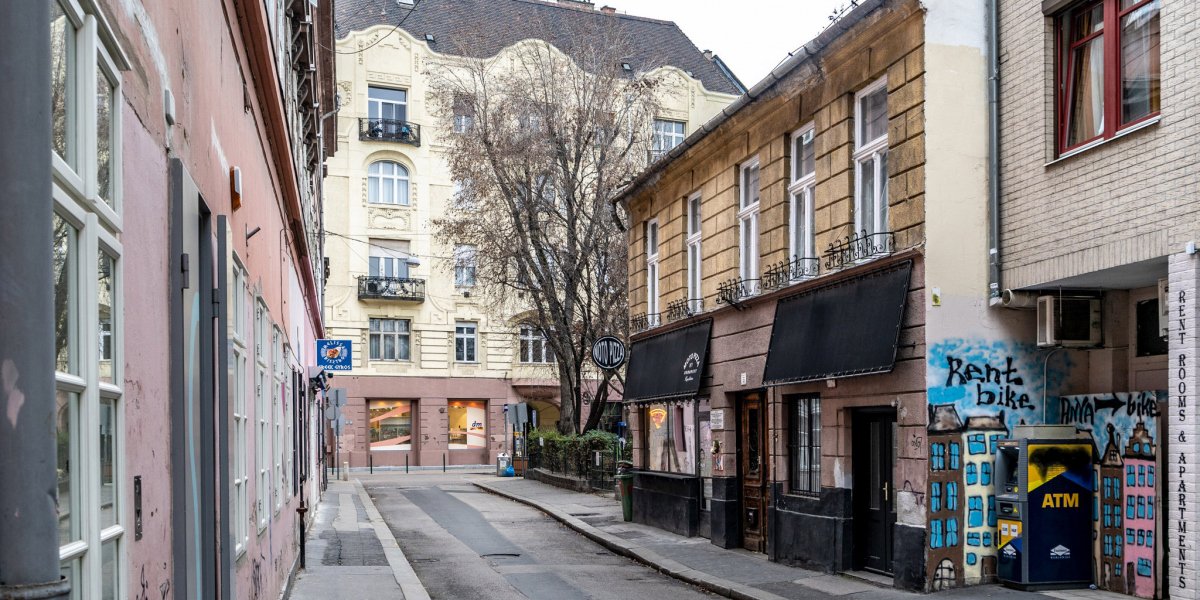



































Hozzászólások
Log in or register to comment!
Login Registration